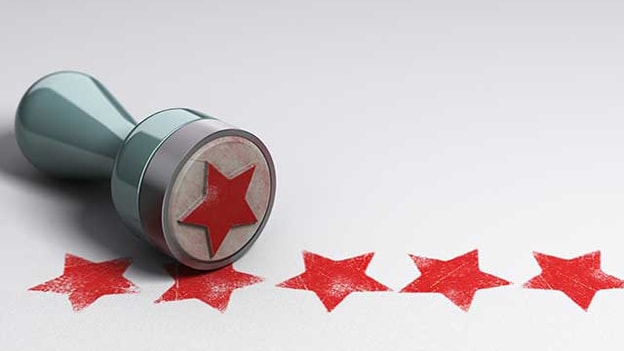Driving performance and recognition in the new normal

Uncertainty is the only certainty there is, and knowing how to live with insecurity is the only security”- This probably sounds like a cliché now, but is most likely going to be our new normal. If organizations have to succeed in this environment they will have to quickly figure out how they can drive performance and recognition in this new environment.
This balancing act of driving performance while ensuring employee safety in this pandemic, or for that matter in this fluid environment of uncertainty, is becoming a bit too challenging. The traditional performance management process is today under the scanner. It’s a pretty linear process that involves – Goal Setting – Review – Feedback - Reward and recognition!
The questions being posed today in relation to driving performance and recognition are –
- Will this conventional, linear process be effective in this current uncertain environment?
- How can one set annual goals/targets when one doesn’t know how the environment will play out? Would the goals set based on a set of assumptions, be too steep and demotivate talent and end up finally being counterproductive to driving performance OR Will the bar be set too low, with employees overachieving their goals but the organization as a whole punching way below its potential?
- How does one give their best and deliver what is expected, in this dynamic environment of uncertainty?
- How will the manager witness performance first hand and assess input and output granularity and provide sharp feedback to team members with teams working remotely?
- How does an organization drive performance and recognise people, with all these real challenges?
Here are a few pointers that help answer these questions and enable driving performance and recognition:
Setting SMART goals is still relevant but enable flexible goal setting
SMART Goals – Clichéd, but is still relevant in the current times. Setting a target gives a purpose and a meaning and sets the direction for everyone. The absence of, or ambiguity in goals, can lead to confusion or misunderstanding and bad performance. Performance systems and processes can be unforgiving if set too rigid. Instead, performance expectations should be communicated through the lens that a continuously evolving new normal demands. They should focus on shorter term prioritisation of workflow rather than long term goals, susceptible to change. An annual goal sheet/target may be set to provide direction for the employees, but these can be reviewed quarterly and improvised periodically to keep pace with the dynamic environment. Flexi goal setting with multiple short review cycles provide opportunities for employees to adjust their goals and identify ways they can upskill to remain relevant in the new work environment.
Recognize contribution too and not just performance
Given changes in business priorities and personal circumstances that have likely affected employees’ ability to meet performance expectations, organizations may ask managers to focus more on behaviours than just outcomes when assessing performance.
Managers can discuss work plans, may be weekly or monthly, and help employees view work in more manageable chunks.
Nurture an ecosystem and culture that drives performance in an uncertain environment
- Speed and agility: Encourage a flat structure, empower teams, design nimble processes and speed up decision making.
- Step up execution excellence: Execution employees must be equipped with the right skills and mind-sets to solve problems, instead of waiting to be told what to do. And there must be disciplined reviews to make sure actions were taken and the desired results achieved.
- Enable flexi work models: Rigid employment and work models with constraints of time and space may be limiting in this new normal. Organizations need to be flexible and trust employees to give in their best. The emergence of hybrid work models/gig work force will provide access to a broader range of talent, greater flexibility, and improved productivity.
- Hybrid organizations must adopt new ways of working that help build a strong culture, cohesion, and trust even when many employees are working remotely.
- Unlearn, learn, relearn: Pace and scale of learning must keep with that of changes in the environment. Organizations need to accelerate their capability-building efforts by developing leadership and critical thinking skills at different levels of the organization, increasing their employees’ capacity to unlearn, learn and relearn all the time.
Fundamentals of recognition will remain the same in the new normal, but may need some tweaking in the delivery methods used.
Focus must shift to real time recognition. The longer the gap between the deed and the recognition, the less effective it will be especially in a dynamic and uncertain environment. Also in an environment where monetary rewards may not always be possible, non-monetary rewards can play an important in keeping motivation levels up, if executed well on time.
In this new normal, performance will be delivered by the ones who reimagine, reinvent and build capabilities to come back strong. The ones who are bold – and the speedy!












